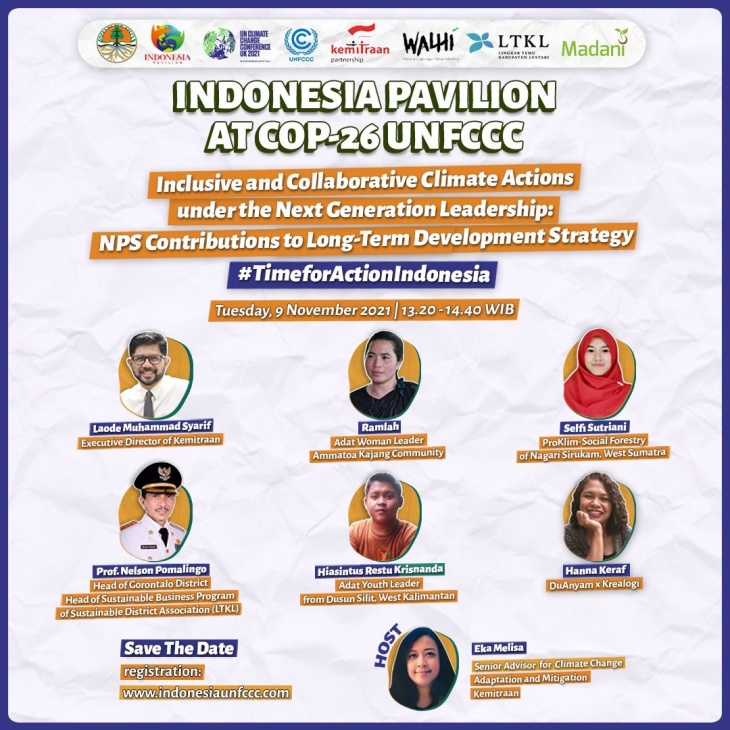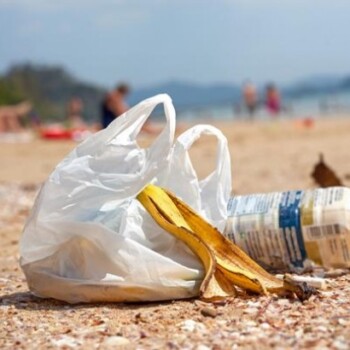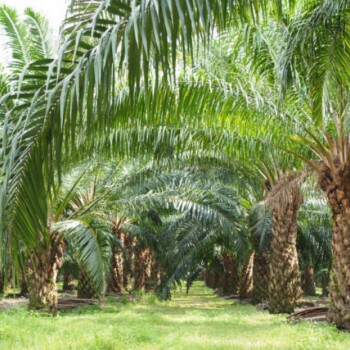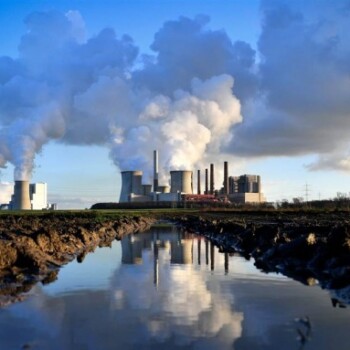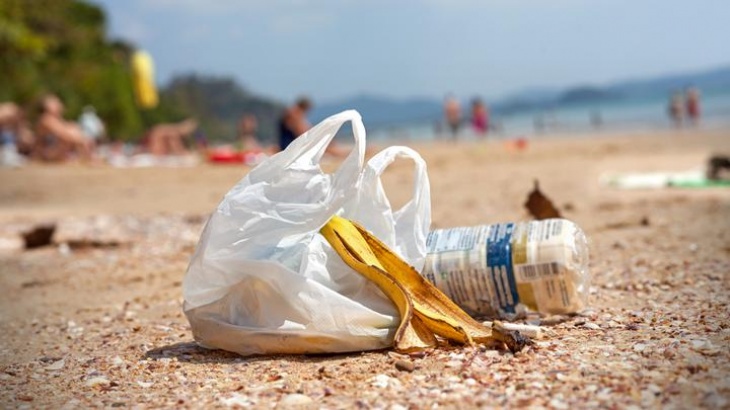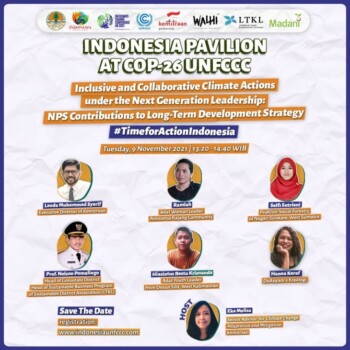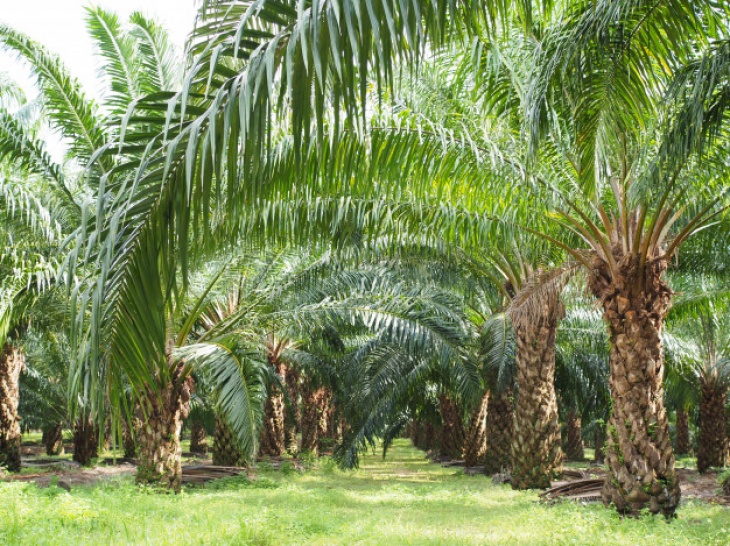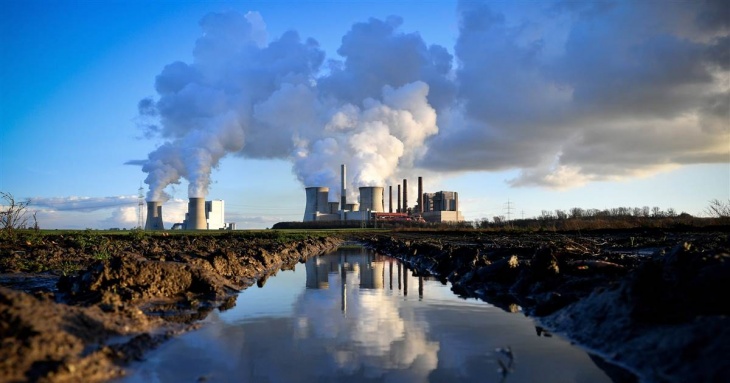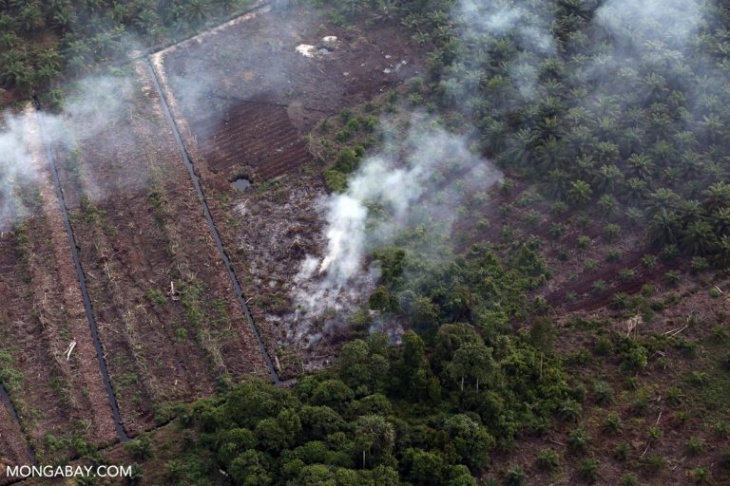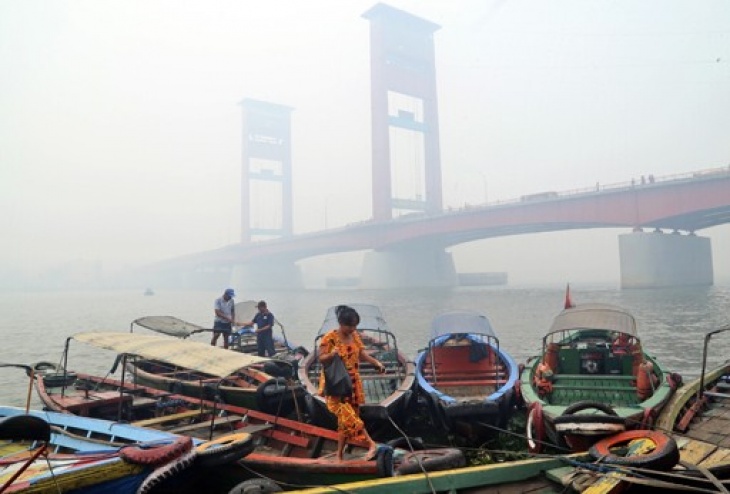Initially, President Joko Widodo was recorded as having mentioned the postponement of the Omnibus Law’s Job Creation Bill through his Twitter account. However, the post was taken down and replaced with a statement that the government would postpone the discussion of employment clusters only from the Job Creation Bill. (CNNIndonesia, 28/04) It also means that the discussion on the Job Creation Bill will continue. The government’s reason to postpone the discussion of the cluster is to explore the substance and accommodate more inputs from various parties. In fact, this bill that was publicly rejected was inseparable from problems from many perspectives such as the environment.
At first, I thought, the government had good intentions to hold the discussion of the Bill. The reason is that the discussion of the bill, which is so controversial in the midst of the Covid-19 pandemic, was considered unethical by many parties. This is due to the fact that the Job Creation Bill, which seizes concentration, seems to hamper acceleration in the handling of a pandemic, which is increasingly undermining.
In the current situation, working together against Covid-19 is a priority. All elements of the nation are now being tested, stakeholders are tested with policies and speed of handling, the private sector is tested to remain meticulous in utilizing opportunities, while the public is tested to comply with established health protocols. It seems appropriate, if building collaboration is key to overcoming the Covid-19 challenge.
Associated with Covid-19, Worldometers noted that the positive number of Covid-19 cases worldwide had reached 4,101,975 patients. Of the 4.1 million Covid-19 cases, 280,451 have died. While the number of positive Covid-19 patients who had recovered reached 1,441,873people. (worldometers, 10/05/2020, 13.40 WIB)
Meanwhile, based on data from the Task Force for the Acceleration of Covid-19 Handling, the positive number of Covid-19 in Indonesia reached 13.645 patients, while 959 people died, and 2.607 people were declared cured. (09/05/2020)
From the economic side, the increasingly massive spread of COVID-19 is turning the global economy into a freefall. The International Monetary Fund (IMF) calls the current world economic conditions the worst since 1930. The IMF also mentioned the risk of economic recession will continue until 2021 if stakeholders in various countries fail to respond to a pandemic with appropriate policies.
For Indonesia itself, the Asian Development Bank (ADB) estimates that Indonesia’s economic growth this year will only reach 2.5 percent. The figure is certainly very realistic, it could even be that growth does not reach that number, there is almost no economic sector that is not affected by Covid-19. Finance Minister Sri Mulyani herself revealed that in a severe scenario, economic growth this year could only reach 2.3 percent, while under severe conditions the growth would enter the negative zone.
Climate Turning Point
Even though the world is getting crowded because of being consumed by Covid-19, however, this is not the case with the earth which is getting more relieved because the air is getting fresher day by day. It cannot be denied that the massive spread of Covid-19 is directly proportional to the reduction in air pollution in the world.
Based on reports from researchers in New York on air quality (3/29/2020), it was noted that carbon monoxide, especially from motor vehicles, especially cars, was reduced by almost 50% compared to last year. The decline in global economic activity together with an increase in the intensity of the Covid-19 pandemic exposure, has become the driver of improved world air quality.
Improved air quality has also been felt by residents of the Capital City of DKI Jakarta since the recommendation of working from home echoed by the government. A rare phenomenon is the clearer sky of the capital city, crowded with people and viral on social media. Not only the capital, the National Aeronautics and Space Agency (LAPAN) also stated that air quality in Indonesian regions, especially western regions, such as Sumatra, Kalimantan, and also the island of Java, became cleaner in March 2020 compared to the same period the previous year.
In fact, Covid-19 has succeeded in removing the earth’s saturation of pollution into a new spirit of improving air quality. It feels right, if the momentum of improving world air quality is called the turning point of the world’s climate.
Climate Commitment and Dangers of the Job Creation Bill
So far, the improvement of the quality of the world’s climate is almost called a Utopian dream. Because the lack of commitment and sectoral ego that is so strong from many countries that should be the vanguard and most responsible for climate damage, is a problem. The failure of the global climate change conference organized by the United Nations or the 25th session of the Conference of the Parties (COP25) in Madrid, is proof that many countries are increasingly ignorant of climate change. The UN Secretary General, Antonio Guterres expressed his disappointment at COP25. Gutteres revealed that the conference was tiring, spent almost two weeks, and drained a large budget, in fact only resulted in political compromise over global events that are now happening.
Indonesia itself has a climate commitment that is manifested in the Nationally Determined Contribution (NDC) target of 29 percent emission reduction by its own efforts, and 41 percent with international support. However, Indonesia’s climate ambitions are threatened with failure due to the dangerous potential of the Job Creation Bill.
Madani Berkelanjutan projects 5 big possibilities that occur to Indonesia’s natural forests and climate commitments as a result of the implementation of the Job Creation Bill. Firstly, five provinces in Indonesia, they are Riau (2032), South Sumatra and Jambi (2038), Bangka Belitung (2054), and Central Java (2056). Secondly, Seven Provinces namely South Kalimantan and Jambi (2020), West Sumatra (2030), West Kalimantan (2032), Aceh and West Nusa Tenggara (2038), and Central Kalimantan (2056), are threatened with loss of natural forest outside the Indicative Map area Postponement of Granting New Permit (PIPPIB).
Third, the NDC target is threatened not to be achieved. If the average deforestation rate of 688,844.52 hectares per year occurs linearly until 2030, the NDC target of reducing deforestation will fail to be achieved with a deforestation quota of 3,250,000 ha in 2020- 2030 exceeded by 2025.
Fourth, the opportunity to save 3.4 million hectares of natural forest which is currently in the palm oil permit in the momentum of the palm moratorium will be lost. Fifth, natural forest cover in the 45 largest watersheds in West Papua in 2058 is threatened to fall by 0-20 percent if the Indicative Map of the Social Forestry Area (PIAPS) and PIPPIB fails to be protected.
The five possibilities must certainly be a concern and consideration for many parties who until now continue to want to boost and pass the Job Creation Bill which turns out to be more a disadvantage than a benefit. Moreover, the fact is, the climate crisis has become one of the triggers for the emergence of various types of dangerous diseases, one of which is Covid-19 or maybe even other viruses that will appear in the future.
So, is the Job Creation Bill still worth discussing? In my opinion, it is still not enough to save Indonesia by delaying the discussion of the bill as a whole, let alone delaying just one cluster. Remember, Indonesia is the key to saving the world climate.
